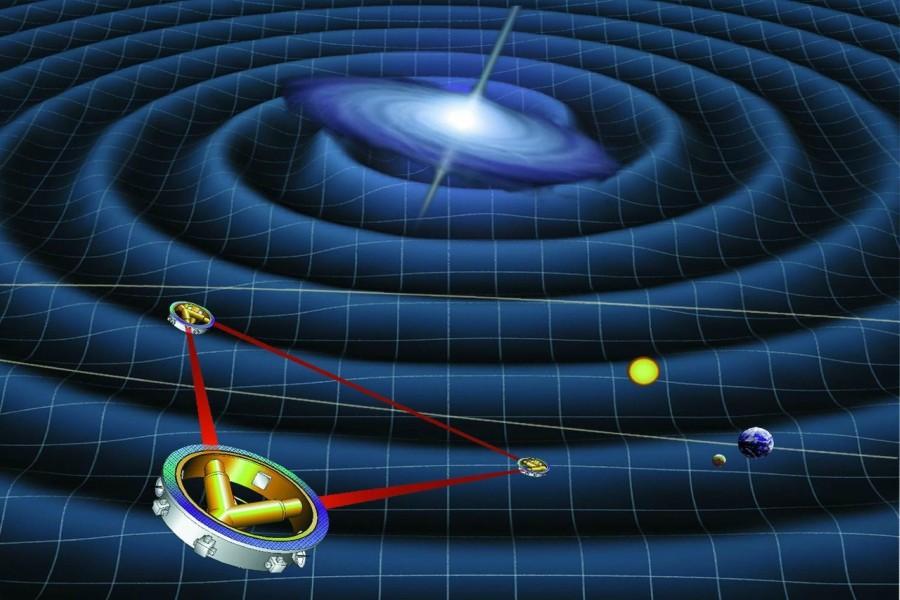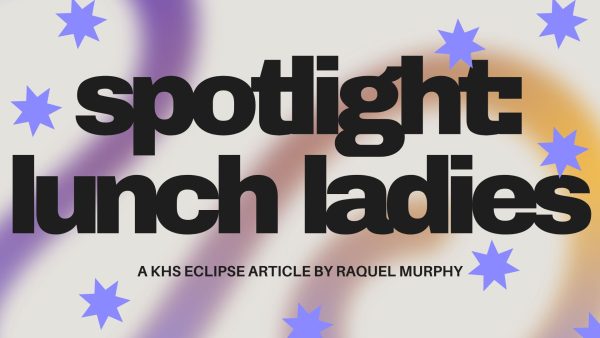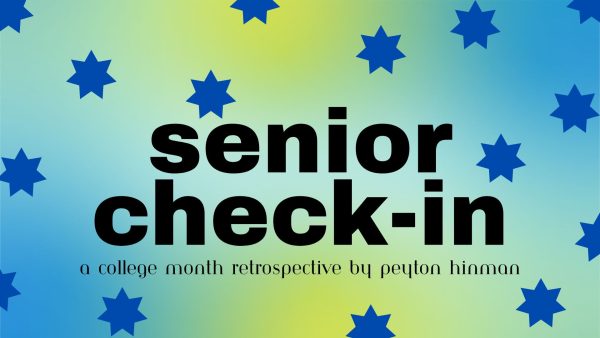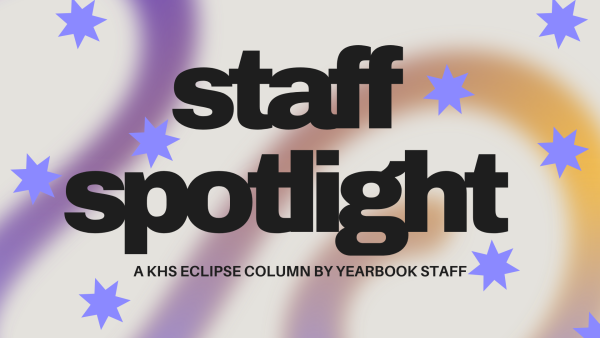Gravitational waves are detected for the first time
IMAGE / wikimedia commons
Gravitational waves
The scientific community had a historic day last month — Feb. 11 to be exact.
Gravitational waves were detected at the Laser Interferometer Gravitational-Wave Observatory, also known as LIGO.
Mr. David Reitze, executive director of LIGO made the announcement at the National Press Club in Washington, D.C., surrounded by other fellow LIGO researchers along with Ms. France Córdva, head of the National Science Foundation.
The gravitational waves (ripples in space-time) were created by the merging of two black holes in the distant universe over a billion years ago.
The waves are so small that the only way they were able to be detected was by the specially designed LIGO that can measure distortions one-thousandth the size of a proton.
Scientist at LIGO heard the two black holes colliding as a “chirp” that lasted less than a second.
Although gravitational waves are not sound waves, the sudden increase of frequency in space-time was able to be heard.
The recording of gravitational waves at LIGO is a huge breakthrough for physicist and astronomers.
The detection of gravitational waves confirm the major prediction of how gravity interacts with space-time in Albert Einstein’s theory of special relativity (1905).
The discovery intrigued senior Brennen Diehl, and he is interested to see where the future takes us.
“Albert Einstein’s theory is pretty much proven to be correct,” Diehl said. “Not only does it prove his theory, it also open up many windows for astronomers.”

Class: Senior
Sports: Tennis
Hobbies/Interests: Math, science, computers
Plans after High School: Attending Michigan State University or Central...






